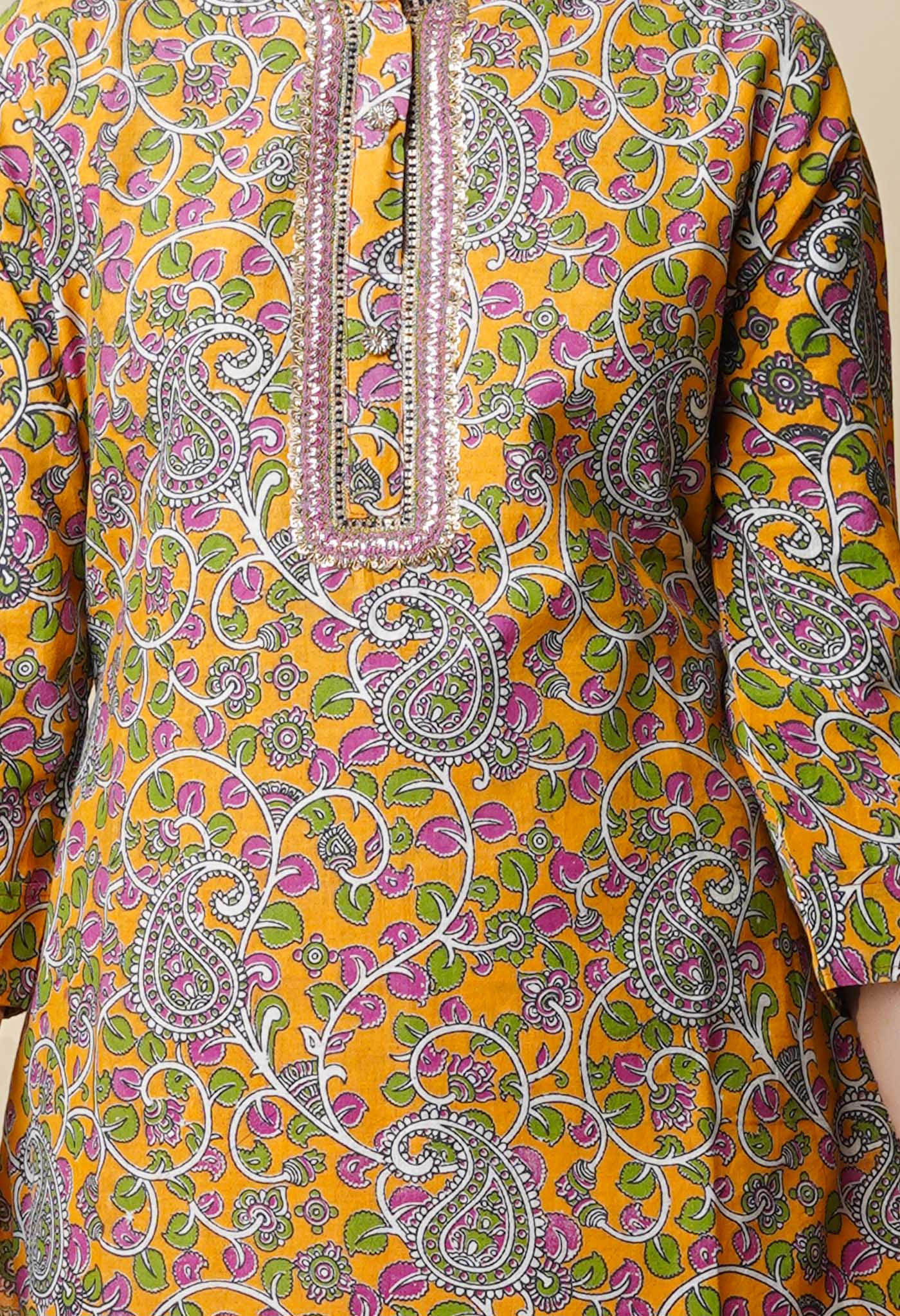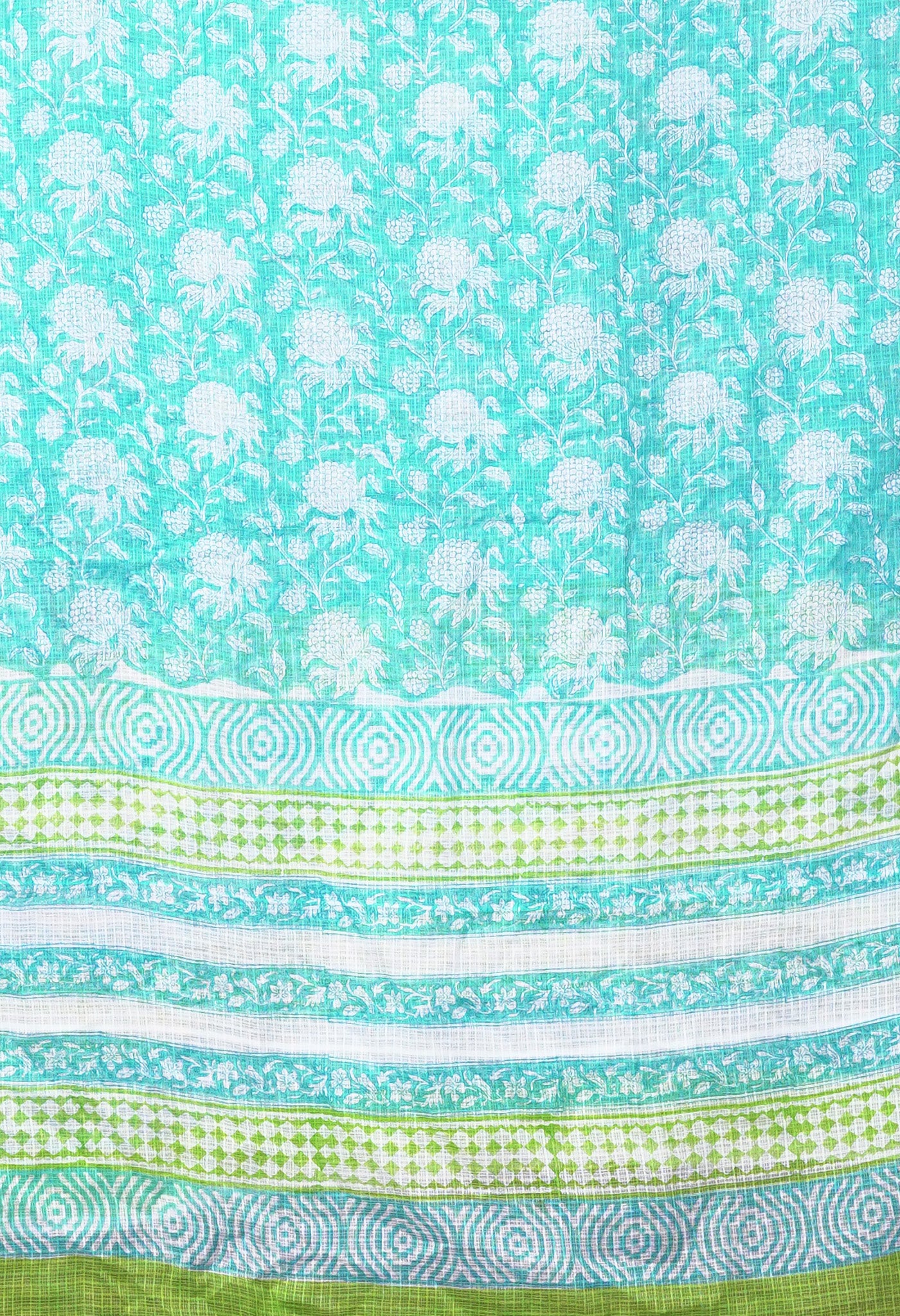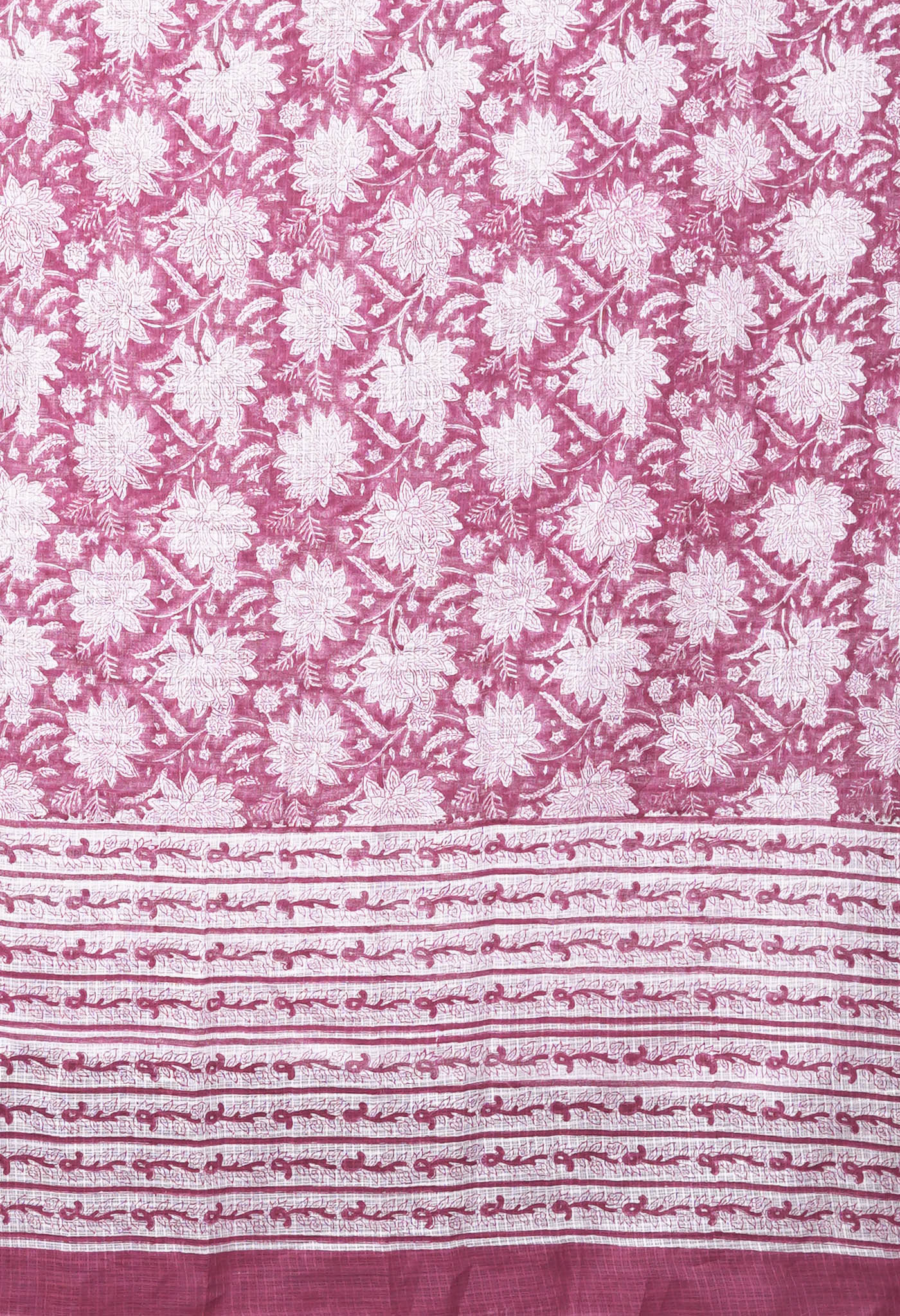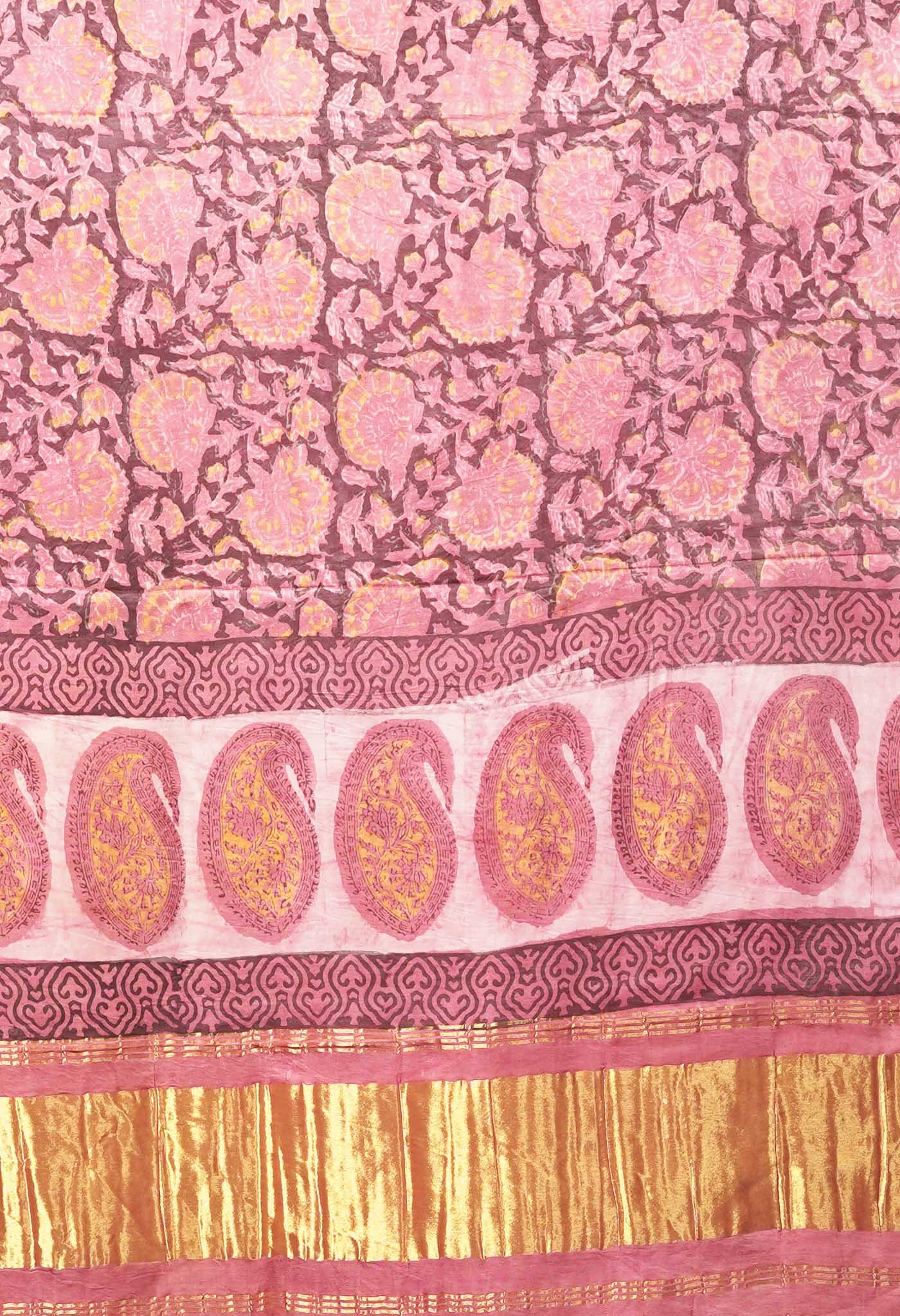
Honey – the miracle food!

[/vc_column_text][/vc_column][/vc_row][vc_row][vc_column][vc_column_text]
All of us have come across honey in one or the other form of its various kinds available commercially across the counter. From the light to pale brown to the deep and dark brown types, from the slightly sweet to the syrupy sweet, in various capacity tins and jars to the huge bottles and containers, honey is loved by kids and adults alike for its different ‘Honey’ taste. Despite its sweetness and varied flavours, honey has never really replaced sugar but instead serves well as an additive, flavor enhancer etc. Its other known uses include skincare, nutrition and in the making of honey wine. But is it just limited to that? Absolutely not! Honey has uses far beyond what is known to us,that come from its constituents, the natural quality and the way it is consumed.

[/vc_column_text][/vc_column][/vc_row][vc_row][vc_column width="1/1"][vc_tabs interval="0"][vc_tab title="Honey Nutrition" tab_id="1421832550-1-16"][vc_column_text]
- One tbsp of honey (roughly 21 gm) is supposed to give 64 calories of energy. Plenty of energy to perk you up. Easily absorbed by the most sensitive of stomachs too.
- Honey is not just a simple sugar. Besides being rich in minerals and nutrients, honey is known to have antibiotic properties also that aids in the healing process. Raw application on the wound has shown good results for wounds, burns, ulcers.
- Serves as good base for skin creams for that smooth and soft complexion. Check for creams that contain honey next time you buy for good skin texture .
- Raw consumption of honey two or three times a day is good for digestion, improving the body’s immunity, restoring lost energy after a workout etc. – Make it a daily habit of at least two tbsp per day, preferably in the morning and 1 hour after meals.
- On advice of doctor, patients having cholesterol and type II diabetes can benefit from a little intake of honey. Do not pre-empt or go against the doctor’s advice for type II diabetes especially.
- Honey has photonutrients especially in raw (unprocessed honey) that have properties for prevention of tumours and cancer – 95 % of the honey sold across counters are processed honey since raw honey crystallizes quickly.
[/vc_column_text][/vc_tab][vc_tab title="Some facts about Honey " tab_id="1421832550-2-51"][vc_column_text]
- Honey has thousands of varieties based on colour, granulation, moisture content, Levlose (fructose sugars) levels, Dextrose (glucose sugars) levels.
- Honey colour is graded by a number – low number is for pale light brown, high for dark
- Granulation has a number value – to rate at which point honey tends to crystallize or granulate
- Levlose, Dextrose and moisture levels are on %age basis
- Raw honey contains all the pollen, enzymes, micronutrients that get filtered or destroyed by heat otherwise in processing. Raw Honey being unfiltered crystallizes fast, is believed to be far superior than processed honey, which is heated above 115 degrees and remains liquid longer. Raw honey has to be searched for at specific shops for this reason.
- Honey is stored under normal conditions in air-tight containers, in a cool dry place and not refrigerated. If before, during and after usage handling is in normal dry conditions, honey will not spoil or ferment.
- It is ill-advised to give honey to infants under a year’s age or those with a compromised immune system since that would affect adversely on their health.
- Honey serves as a good substitute for sugar in recipes that do not call for sour cream or milk, where high temperature is used for recipes like jams and jellies, baking at much lesser heat than normal.
- Honey keeps food moist and tender over long periods. So baking slowly and in advance ensures freshness.
- Honey granulates or crystallizes at close to 60 degrees Fahrenheit. Cold conditions also cause the same effects. An optimum of room temperature to about 57 degrees Farhenheit is advised. Crystallized honey can be liquefied by putting the container of honey in a pan of water and heating slowly to dissolve all crystals or it would reform in just a few days.
- Honey is used both for weight reducing and weight gaining. How? Well 1 tbsp in a glass of warm milk before going to bed daily gets the weight gaining started. 1 tbsp of honey with black tea or green tea in the morning gets the weight reducing plan started.
- Honey improves the appetite, is used as a laxative, cures liver infections, gives good bowel moment and a host of other health benefits just in its regular intake besides causing the skin condition to drastically improve.
[/vc_column_text][vc_gallery type="nivo" interval="3" images="7667,7671,7678" onclick="link_image" custom_links_target="_self" img_size="600*350"][/vc_tab][/vc_tabs][/vc_column][/vc_row][vc_row][vc_column width="1/1"][vc_column_text]
What does Honey contain?
Chemically honey has been described as a supersaturated sugar solution with approximately 17.1 percent water. It mainly consists of Fructose, at 38.5 percent, followed by glucose at 31 percent. There are other sugars too but in much smaller quantities comparatively. Carbohydrates, small amounts of protein, enzymes, vitamins and minerals are other constituents, with a rich content of enzymatic and non-enzymatic antioxidants, besides traces of different amino acids. Whew! what a lot of substances packed into this food that could give the pep and punch to zip up the most lacklustre, lackadaisical kinds in the human race.

And all because of the wonderful untiring efforts of the honeybees that have provided for us the only food source by insects that humans eat, we reap health benefits and miraculous recoveries that may not have been available for us so easily, otherwise.
Interested in knowing more about honey? Do visit www.honey.com.
[/vc_column_text][/vc_column][/vc_row]


















































































